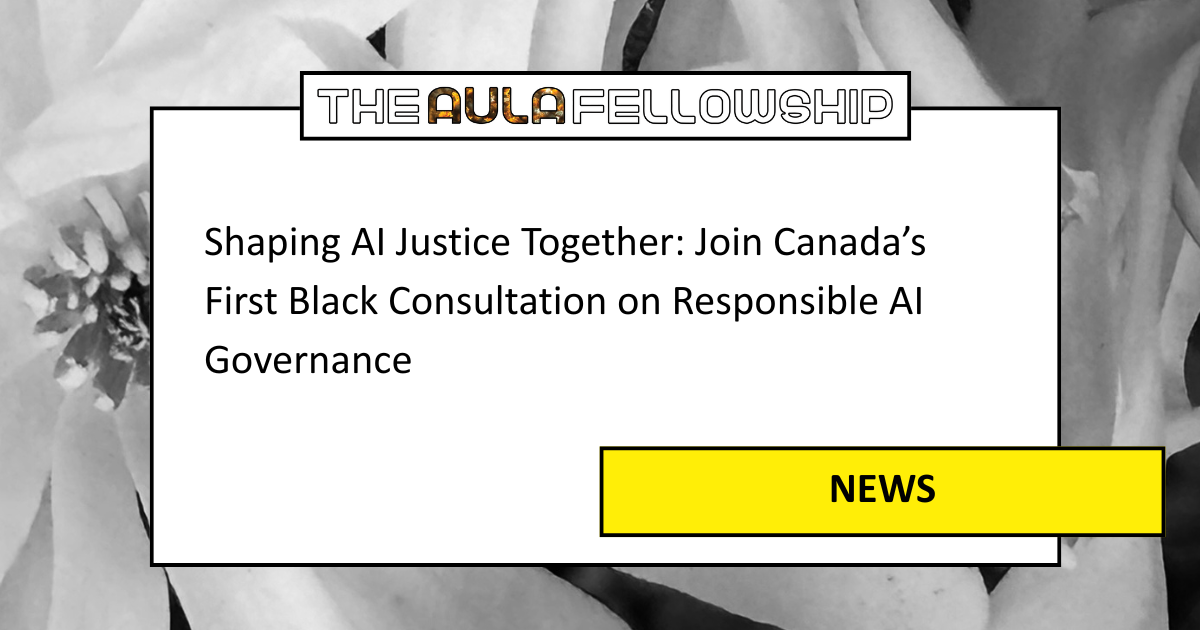Energy poverty remains a significant challenge in Sub-Saharan Africa (SSA), where approximately 600 million people lack proper access to electricity. This paper examines the region’s current state of energy poverty, highlighting its socio-economic impacts and the barriers to achieving Sustainable Development Goal 7 (SDG7), which aims for affordable, reliable, sustainable, and modern energy for all by 2030. Despite the region’s rich renewable energy potential, inadequate infrastructure, economic constraints, and governance issues continue to impede progress. This work employs a doctrinal research methodology, focusing on the critical analysis of existing legal and policy frameworks relevant to energy poverty and the integration of AI in energy management. This paper presents an overview of energy poverty in SSA, underpinned by current statistics and trends. It then examines the dual role of artificial intelligence (AI) and how it impacts this area: while AI technologies, through its data centre s, for example, significantly increase energy consumption, AI also offers innovative solutions for energy management, efficiency, and the integration of renewable energy sources. This paper critically analyzes these dynamics using Marxist and Third World Approaches to International Law (TWAIL) frameworks to understand the broader socio-economic inequalities and global power dynamics at play. Major findings indicate that current policy frameworks are inadequate in addressing the unique challenges of energy poverty and the growing role of AI in the energy sector. The paper reviews existing policy and regulatory frameworks, identifying gaps and proposing actionable recommendations for integrating AI into policies to address energy poverty. It concludes with actionable policy recommendations to achieve a just and inclusive energy transition, contributing to the broader discourse on sustainable development and technological equity.
More Information











